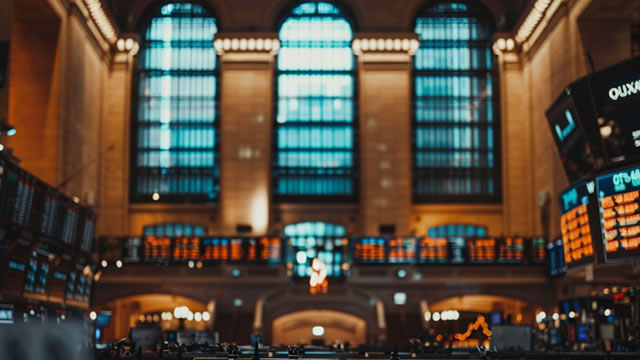The Labor Market: Current State and Upcoming Challenges
The labor market in the United States has been showing remarkable strength and resilience in recent years. Unemployment rates have reached record lows, and wages have been steadily rising. However, there are looming challenges that may threaten the stability of this market.
Tariffs: A Potential Threat to the U.S. Economy
One of the most significant challenges to the U.S. economy comes in the form of tariffs. The ongoing trade war between the United States and various global powers, including China, has led to an increase in tariffs on a wide range of goods. While the initial impact of these tariffs may not be immediately noticeable, their long-term effects could be detrimental.
Weakening Consumer Confidence and Spending
One of the primary ways in which tariffs could negatively impact the labor market is by weakening consumer confidence and spending. When consumers are uncertain about their economic future, they may be less likely to make large purchases or invest in long-term projects. This, in turn, can lead to job losses and reduced economic growth.
Effect on the U.S. Workforce
The impact of tariffs on the U.S. workforce could be significant. According to a report by the Federal Reserve Bank of St. Louis, every 1 percentage point increase in the tariff rate reduces U.S. employment by approximately 110,000 jobs. Furthermore, industries that are heavily reliant on imports, such as manufacturing and agriculture, are likely to be hit the hardest.
Effect on the Global Economy
The impact of tariffs on the global economy is equally concerning. The World Trade Organization has warned that the ongoing trade tensions could lead to a global recession. This would have far-reaching consequences, including job losses, reduced economic growth, and increased poverty in developing countries.
Conclusion
In conclusion, the labor market in the United States has been showing remarkable strength and resilience in recent years. However, the ongoing trade war and resulting tariffs pose a significant threat to this trend. By weakening consumer confidence and spending, tariffs can ultimately hinder the strength of the labor market. The impact of these tariffs on the U.S. workforce and the global economy could be significant, with potential job losses, reduced economic growth, and increased poverty. It is crucial that policymakers work to find a resolution to the trade tensions and minimize the negative impact of tariffs on the labor market and the global economy as a whole.
- Federal Reserve Bank of St. Louis. (2019). The Impact of Tariffs on U.S. Employment.
- World Trade Organization. (2019). WTO Issues Global Economic Outlook: Trade Tensions Pose Significant Risks.





